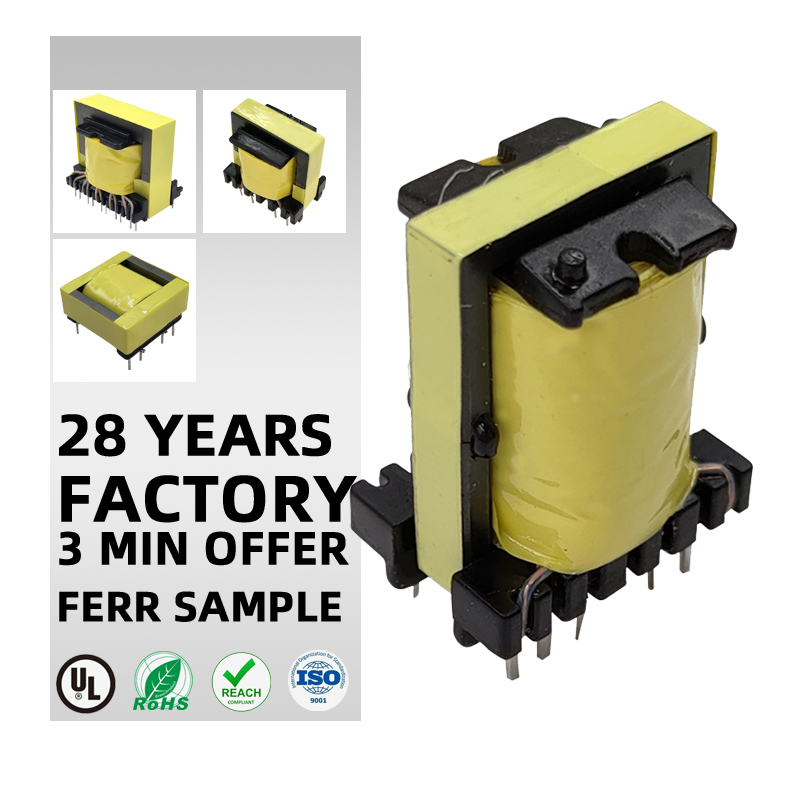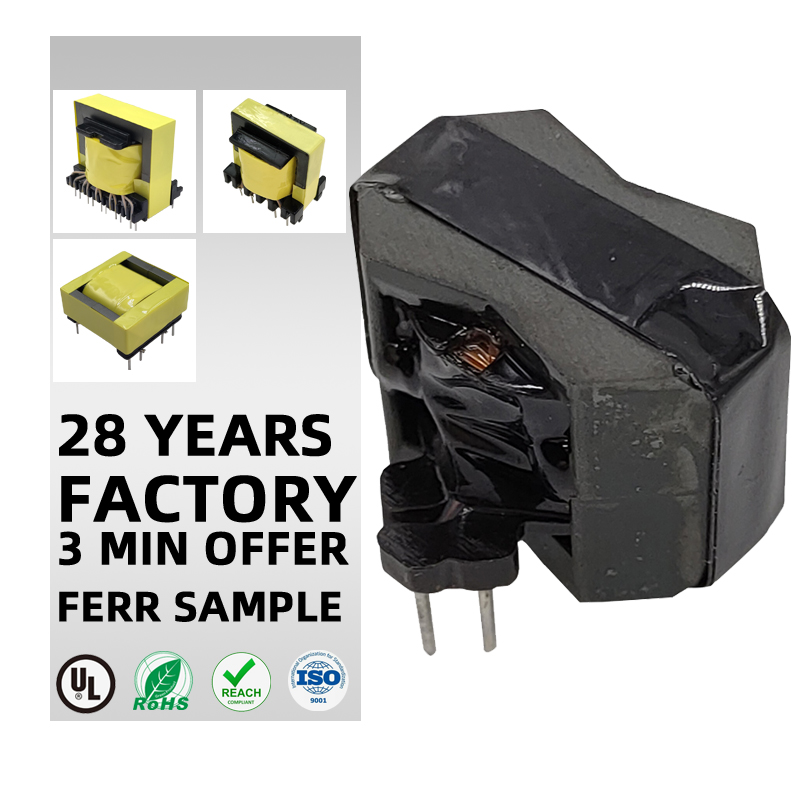In what scenarios are step-up transformers commonly used?
Step-up transformers are commonly used in scenarios where increasing voltage is necessary for efficient energy transmission or to meet the operational voltage requirements of certain equipment. Here are some key scenarios where step-up transformers are used:
1. Power Generation and Transmission:
- Power Plants: Step-up transformers are used at power generation stations (e.g., thermal, nuclear, hydroelectric, wind, or solar plants) to increase the voltage generated (usually around 11-33 kV) to much higher voltages (e.g., 132 kV, 220 kV, or even 765 kV). This higher voltage is necessary for efficient long-distance transmission because it reduces power loss over the transmission lines.
- Long-Distance Transmission: When electricity needs to be transmitted over long distances, higher voltages are used to minimize power loss due to resistance in the transmission wires. The step-up transformer ensures minimal energy loss by reducing the current for the same amount of power.
Example: A step-up transformer at a power station increases the voltage from 33 kV to 220 kV, making it suitable for high-voltage transmission over hundreds of kilometers.
2. HVAC (High Voltage Alternating Current) and HVDC (High Voltage Direct Current) Transmission Systems:
- HVAC Transmission: Step-up transformers increase voltage in alternating current (AC) systems for transmission to reduce losses. At the receiving end, step-down transformers reduce the voltage for distribution.
- HVDC Transmission: In high-voltage direct current systems, step-up transformers raise the voltage to very high levels, typically used in cross-country or intercontinental power transmission systems. This is especially useful for transmitting large amounts of electricity over long distances, with minimal losses.
Example: HVDC systems use step-up transformers to raise voltages to 500 kV or higher for efficient transmission across long distances, like connecting offshore wind farms to mainland power grids.
3. Electrical Substations:
- In substations that are part of the transmission grid, step-up transformers increase voltage levels for further transmission to regional substations. This is especially common in industrial areas or high-demand regions where voltage needs to be increased again for further transmission or to supply large industrial plants.
Example: A substation might step up 132 kV to 400 kV for further transmission to remote areas or industrial regions.
4. Industrial Applications:
- Heavy Machinery: Some industrial equipment or machines require high voltages to operate efficiently. Step-up transformers are used in factories and industrial plants to increase the voltage supplied to equipment like furnaces, motors, and large machinery.
- Electrochemical Processes: In processes like aluminum smelting, step-up transformers are used to provide high voltage necessary for electrolysis.
Example: A steel factory may use step-up transformers to power electric arc furnaces, which need very high voltages to melt metal.
5. Renewable Energy Systems:
- Solar Power Plants: Solar farms typically generate low voltages from photovoltaic (PV) panels, and step-up transformers are used to increase the voltage to levels suitable for transmission and integration into the power grid.
- Wind Farms: Wind turbines generate electricity at low to medium voltages (e.g., 600V to 33kV), and step-up transformers are used to raise the voltage to transmission levels (e.g., 132 kV or 400 kV) for long-distance transmission.
Example: A solar farm may use step-up transformers to convert the output from 1kV DC to 132kV AC, making it compatible with the grid.
6. Electric Locomotives and Railways:
- Railways: Electric locomotives and railway systems often use step-up transformers to raise the voltage from power stations to the level needed for overhead electric lines (commonly 25 kV or higher). This ensures efficient power distribution along the railway lines, reducing losses.
Example: High-speed electric trains may use step-up transformers to ensure that the electrical energy transmitted via overhead lines is at the required high voltage.
7. Testing Laboratories:
- High-Voltage Testing: Step-up transformers are used in testing environments where high voltages are needed for testing insulation, equipment, or electrical components. Such transformers are used in testing laboratories to subject materials or devices to high voltages to ensure they meet required safety and performance standards.
Example: Electrical equipment manufacturers may use step-up transformers to test the dielectric strength of cables or circuit breakers at voltages far higher than normal operating conditions.
8. Medical Equipment:
- X-Ray Machines: In medical imaging equipment such as X-ray machines, step-up transformers are used to increase the voltage to levels required for generating X-rays (often in the range of 20 kV to 150 kV).
Example: An X-ray machine may use a step-up transformer to convert a regular 110V or 220V supply to high voltages necessary for producing X-ray beams.
9. Electric Vehicle (EV) Charging Stations:
- Fast Chargers: In some high-capacity EV charging stations, step-up transformers are used to raise the voltage levels to enable fast charging of electric vehicles. This is more common in stations that need to charge multiple vehicles at once at high power levels.
Example: A public EV charging station may use a step-up transformer to ensure enough voltage is available to charge electric vehicles quickly and efficiently.
Summary of Scenarios for Step-Up Transformers:
- Power generation and long-distance transmission.
- HVAC and HVDC transmission systems.
- Substations for voltage management.
- Industrial machinery and electrochemical processes.
- Renewable energy systems like wind and solar farms.
- Railways and electric locomotives.
- High-voltage testing and laboratories.
- Medical equipment (e.g., X-ray machines).
- EV charging stations for high-voltage fast charging.
In each of these scenarios, step-up transformers play a critical role in ensuring efficient energy transmission, powering high-voltage equipment, and reducing energy losses in large-scale power systems.
-
E-MAIL: pxsales3@goldeneagle-cn.com
Phone: +86-18979985376
NAME: JUDY










